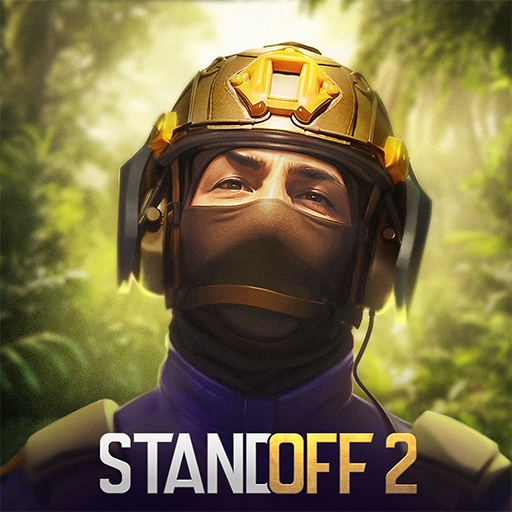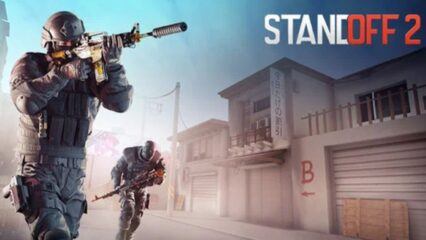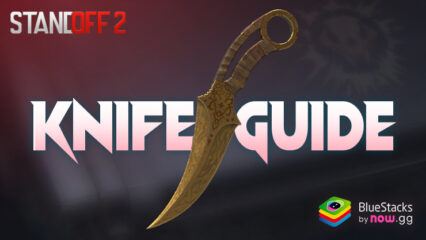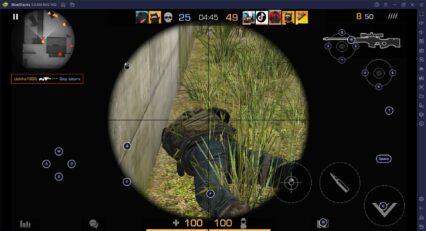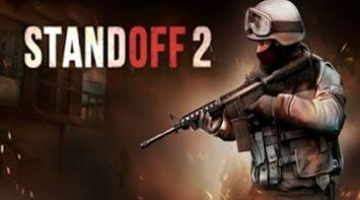Standoff 2 Guide for Lurkers: Learn How Information Gathering Can Be Utilized
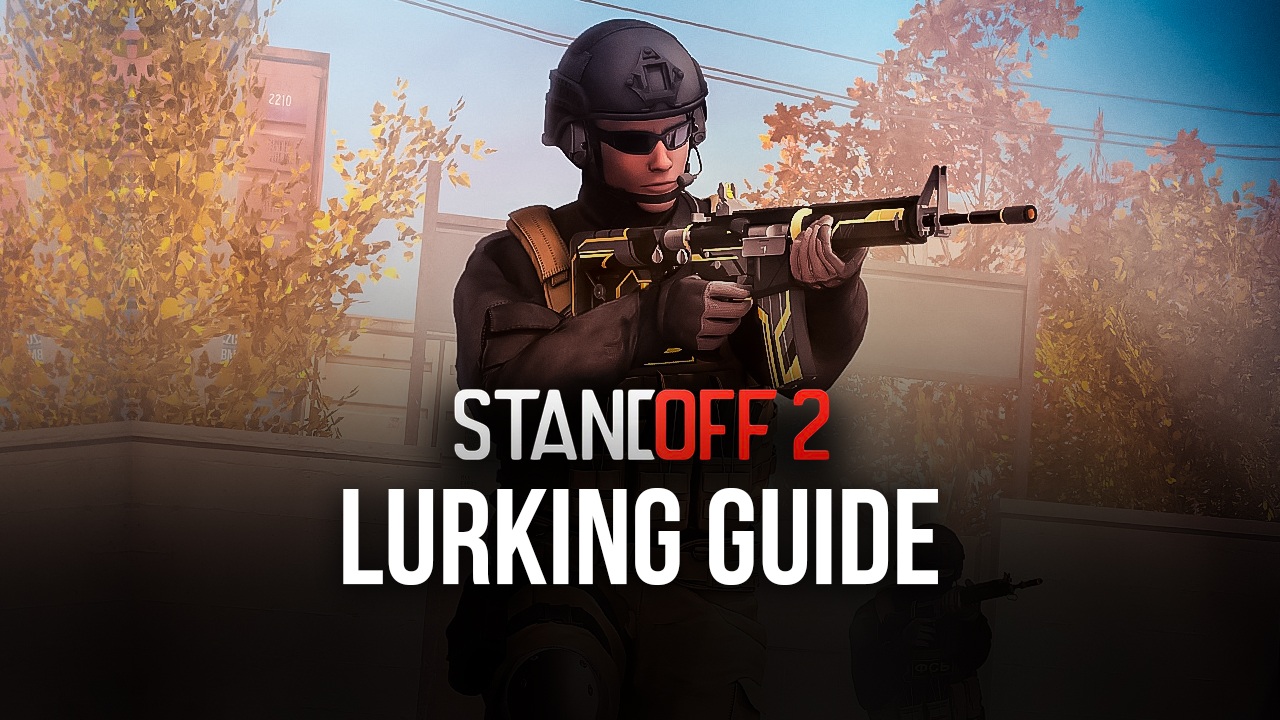
The seconds tick down on the clock, and the importance of the kill is critical. The unsuspecting enemy player continues to hold his angle. A bullet to the side of the head opens up the bomb site and allows your side to secure a plant and set themselves up for a good round win. The lurker plays an integral role in Standoff 2 so how do you play it. So to teach you the importance of lurking in Standoff 2, this guide will be explaining to you how you can be the next lurker. From the good old days of CS:GO to rocks of the current Standoff 2, lurking has been an important part of any FPS shooter game. A good lurker can single-handedly win rounds. While lurking is critical and rather fun, how do you work without baiting your team and being a hindrance rather than help.
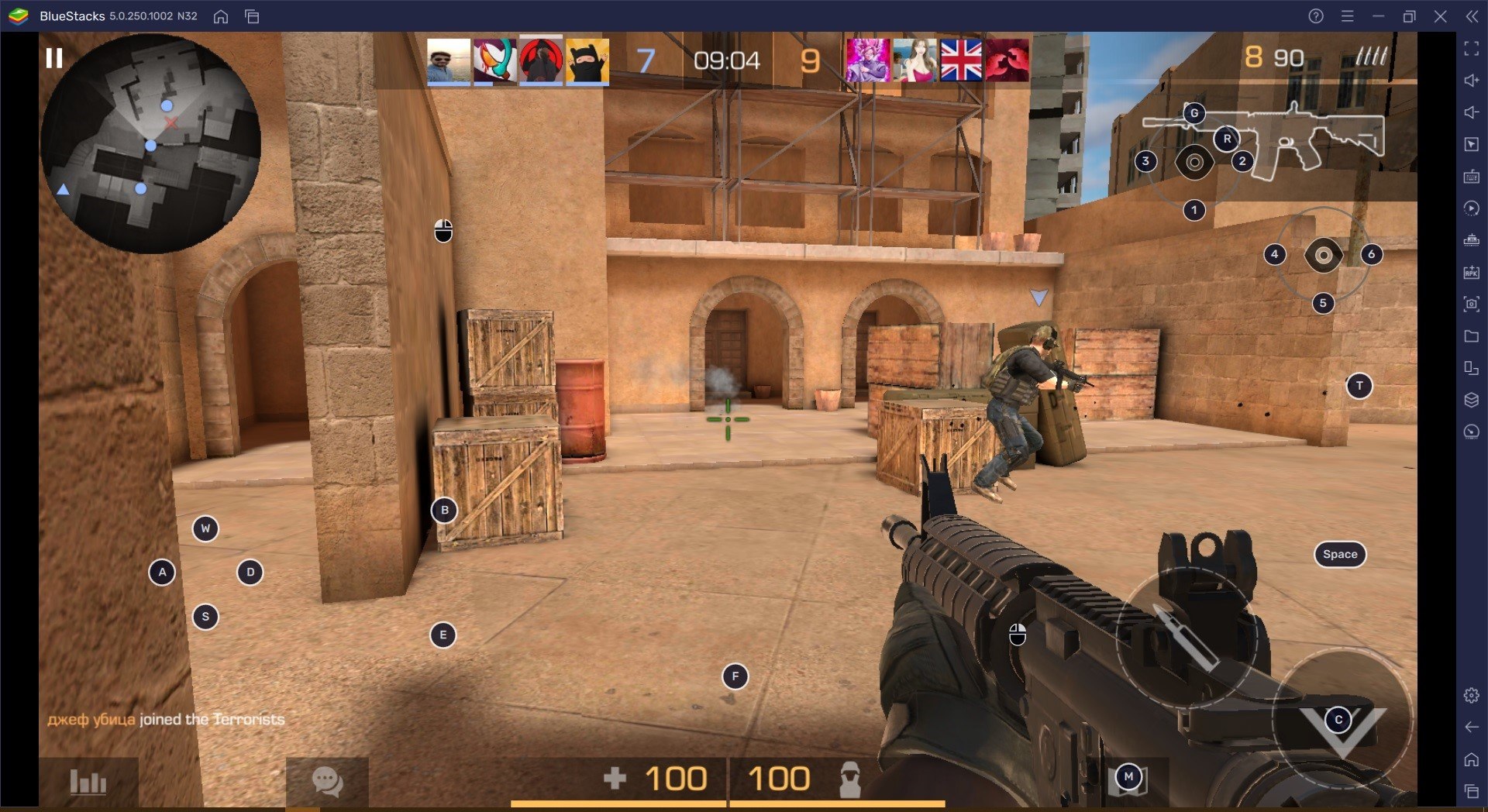
For you to do that, you need to find out so what is lurking exactly. Lurking is where you place separate from your team and usually towards the opposite bomb site your team is planning on taking. Be wary, though, there is a very fine line between lurking and baiting or just completely abandoning your team. There has to be a purpose behind the lurk. It can’t just be a separation for the sake of being separate. There are many different reasons to look, such as gathering information or cutting off rotations. Both of which will be explained later in the guide. However, making sure you have a mission in mind before starting your lurk and communicating it to your team is critical.
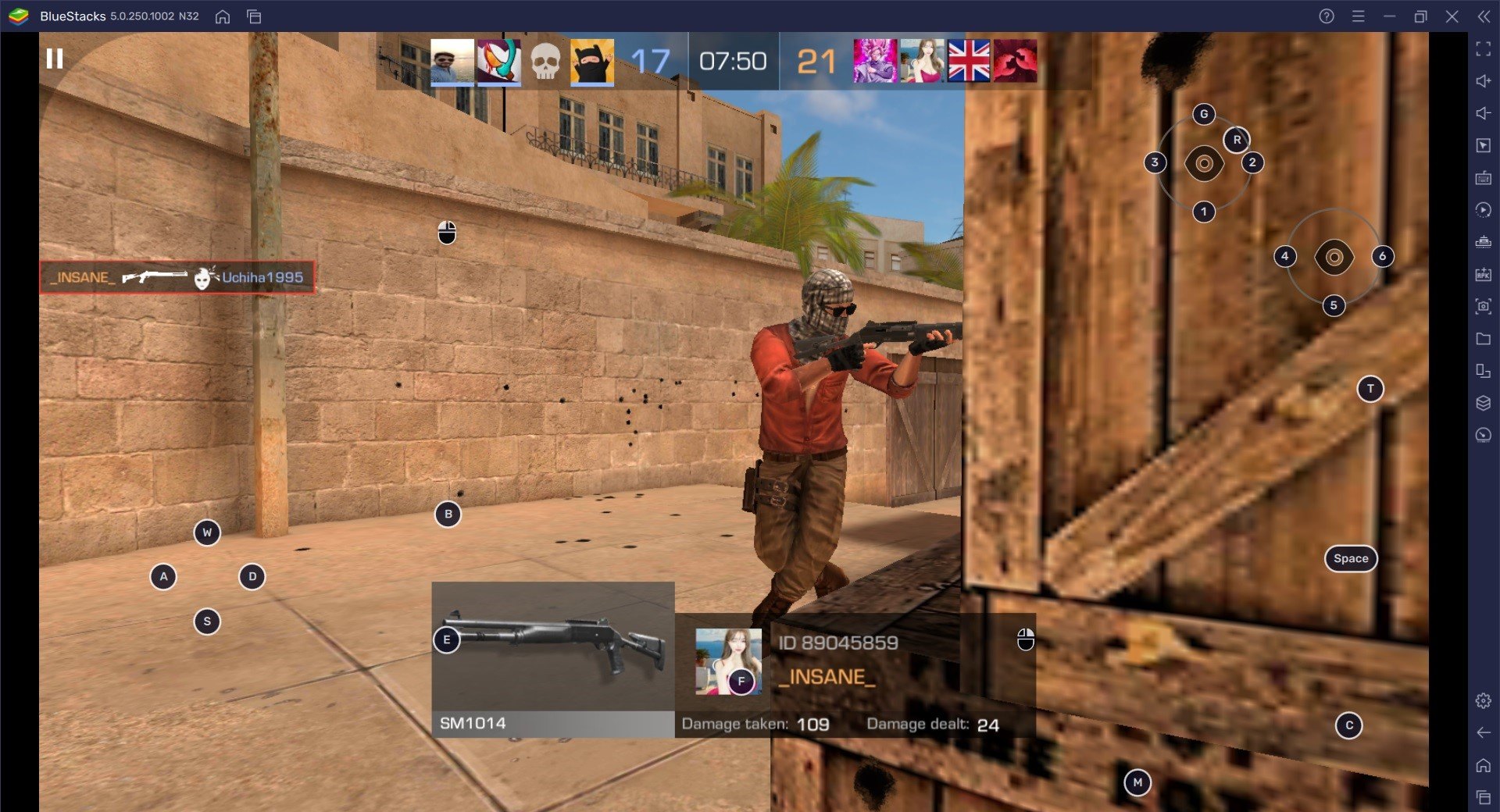
It’s always annoying when a player on your team just goes off and does their own thing without saying anything. A lot of times it ends up being something that hurts the team rather than helps. So communication is always key depending on the strategy you want to run. Lurking can either be used to sandwich a site or to sell a fake rotation. Not to mention the fact that the lurker is a thorn in the side of the enemy. As a lurker, you can create openings for your team and cause rotations. Remember, lurking can be a huge asset if done well, but make sure you’re not going in without a plan. Always have an end goal in mind before making your moves.
Information Gathering
Information gathering is something that only a lurker can execute well. It is arguably the most important part of Standoff 2 as a whole. There’s so much you can do based on basic sound cues. Even one pin pull of a nade or molly can help to know what to expect on either site. A big reason why teams will default around instead of just going straight for executes a good chunk of the time is because they want to gather information. The type of information that tells them about how their opposition is playing. This information could be as simple as footsteps or spam shots. Even details of how many pieces of utility have been used on each site and where exactly those pieces of utility have been placed.
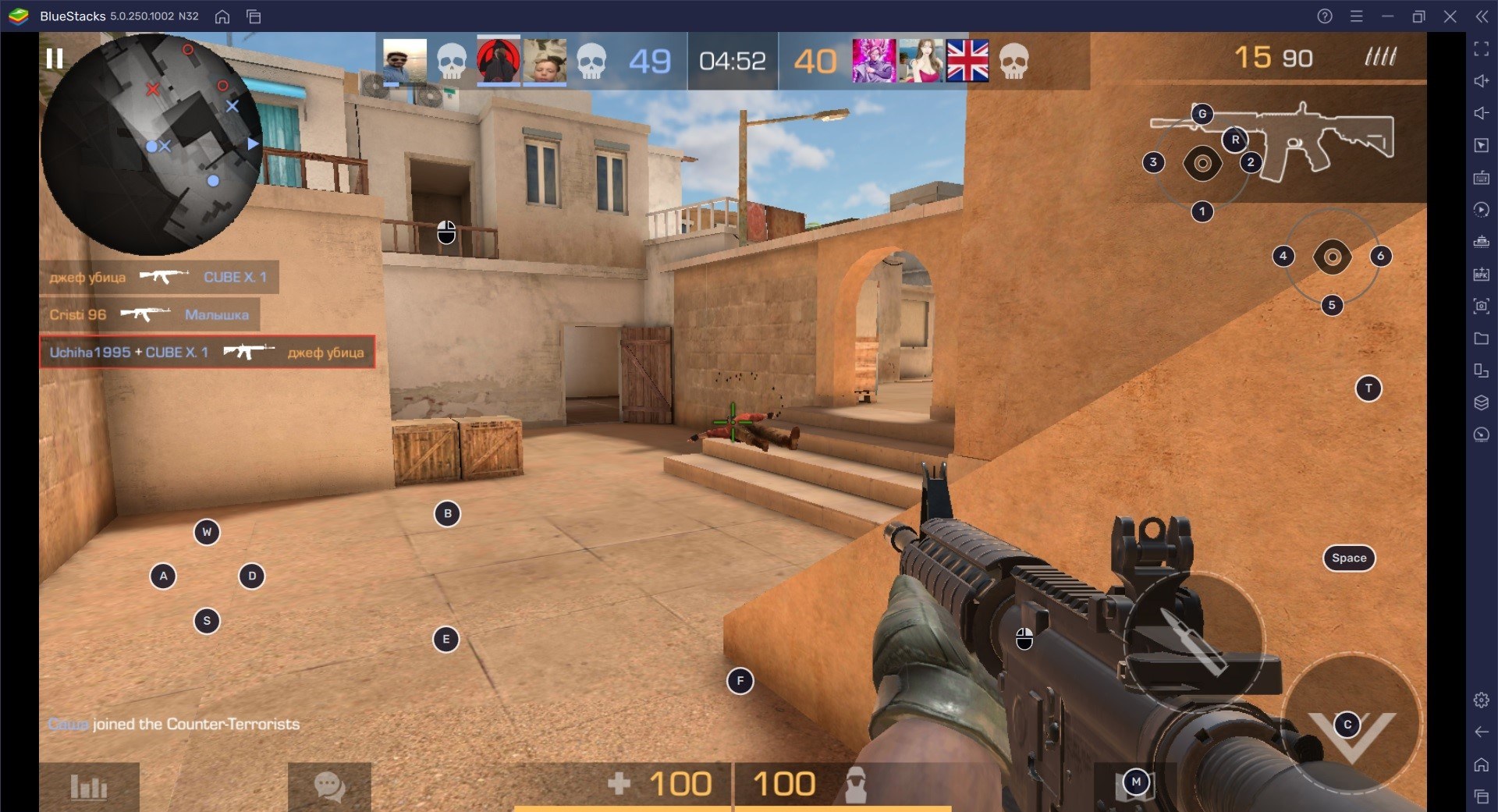
Not to mention which utility has been used. Seeing how much utility is used by the enemy side can be a huge indicator of how many players are on the site and also how much utility they have left. If a team has used two mollies, for instance, you know your push will probably become be a lot easier. Chances are there will not be another molly left to slow down the push. A lurker can gather this information early in the round and even more critically towards the late mid-round portions. That is where those last bits of utility are used to steal any potential pushes. As the lurker, your job is to also hear if there are any enemy rotations happening once your team’s execution starts. This information is incredibly important as it helps to discern how many players are on a site at one time.
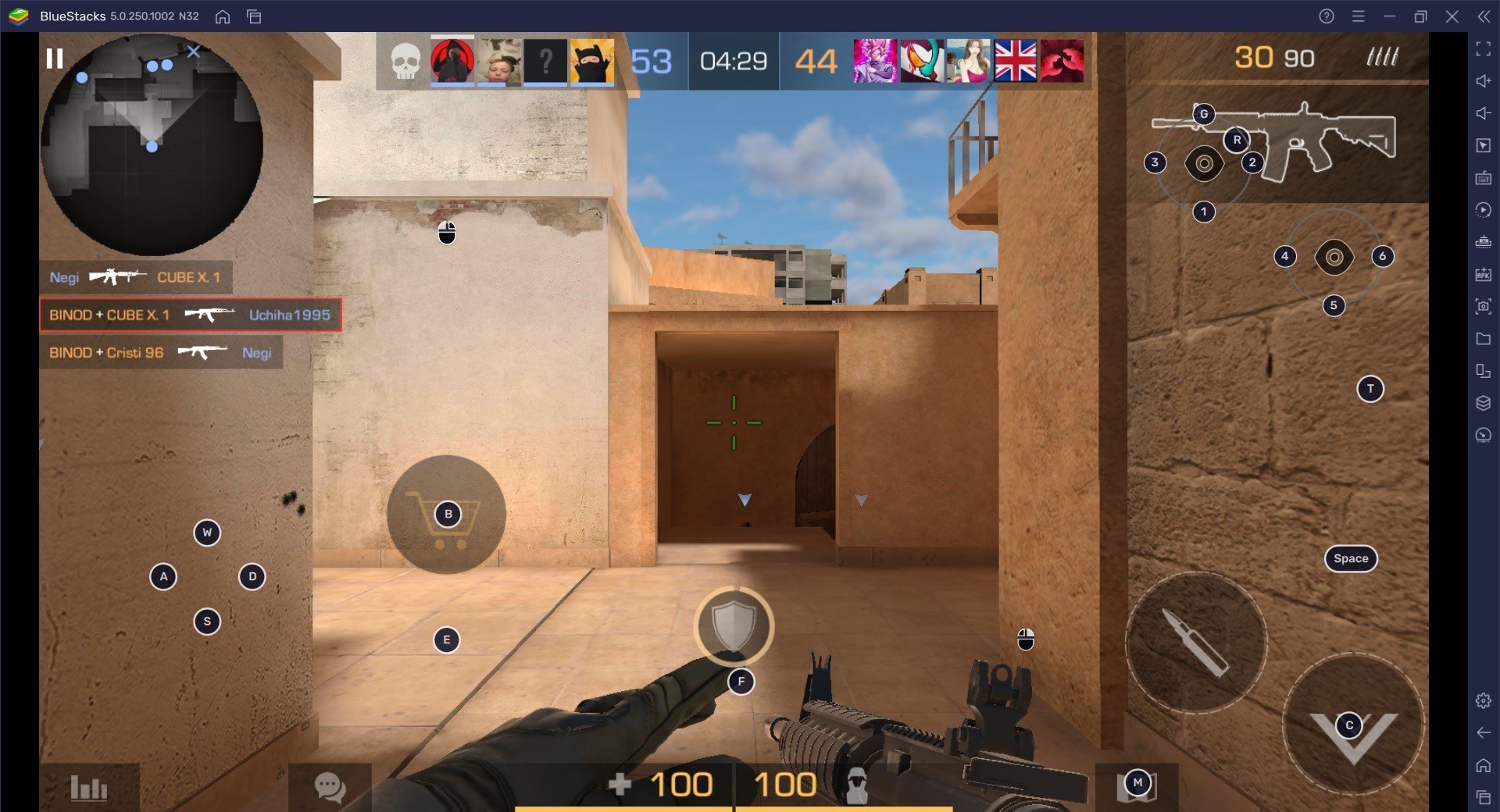
It also tells your team to be wary of their rotations. With this information, your team should have a very easy time taking the site. Plus, they know that there is only one way for the rotations to come from since you’re blocking the other route. Another critical part of information gathering is picking up on tendencies of your enemies. For example, if your enemies are prone to stacking grenades early on and playing the same positions. Maybe they are throwing the same utility at the same times round after round. All of this information can make your life so much easier if your team can capitalize upon it.
Utility Utilization
Onwards to a very hard part of Standoff 2: that is using utility property. When you’re on the lurk, chances are you’re all alone and your team is trying to hit the opposite bomb site. While your earlier information gathering is critical at this stage, there’s still something you can do to facilitate an easier time for the rest of your squad. Using your utility, in general, is a very important part of Standoff 2. How you use that utility on alert can make or break a fake or even just a standard attack. If the opposition doesn’t feel like there’s any presence somewhere on a map, they’ll either push it for information and map control. They can also essentially give up the site and stack the other using utility. As a lurker, you can keep the opposition honest or even draw rotation over before your team hits the other side.
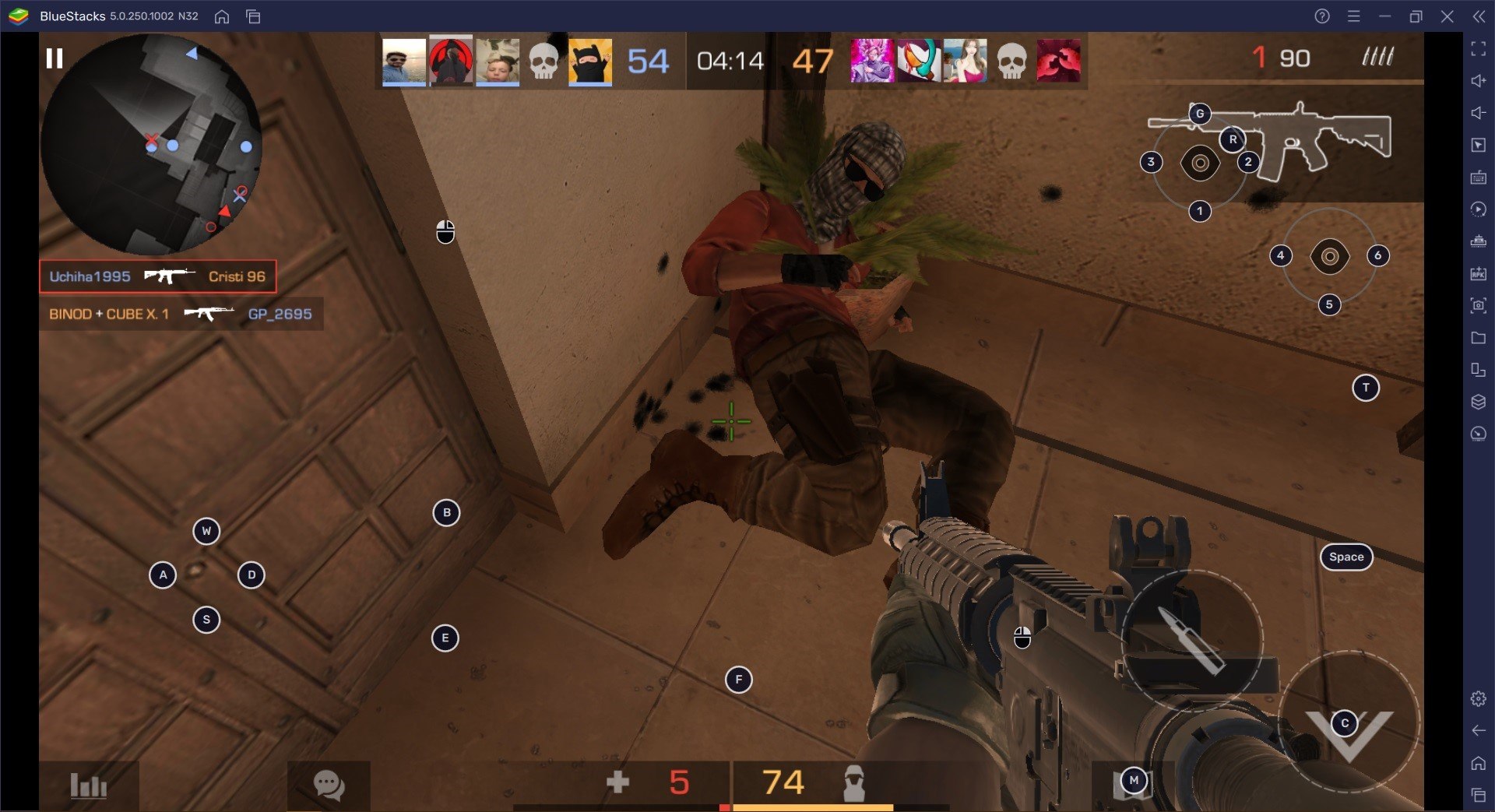
If you use your flashes, smokes and molly well you can buy time towards the end game. This will keep the opponents on the site wary of the potential danger. The way you use lurk utility depends on the map but the same basic concept remains. You can either hold rotations and work in tandem with your team for a fake, or you can also keep your opponents honest and wary by throwing utility and letting them know that at least one player holding the position if you’re going for a clutch game. Not only that, but you can also use sound cues to get them a little antsy and maybe even peek a little aggressively. One thing you have to remember while on the lurk is you can always be pushed and you won’t have a teammate there to help. So make sure you throw safe utility and keep your gun out when you’re not prepping for utility.
Info Gathering Utilization
Now let’s get to the fun part of getting kills. If you couple your utility usage and information gathering skills, you can have a much more fun and easy time getting kills. Holding rotations is another very important part of lurking. It gives your teammates the confidence that they can’t be flanked from the side you’re holding. It can also allow you to get free easy kills. A Standoff 2 round is of one minute and 55 seconds. If you’re taking about 10 seconds to get into the initial position and start your late utility around 45 seconds, then you’ll have about a minute of time to kill. How do you keep a team occupied for a minute? Well, you can use a piece of utility or two if you really want to, or you can use sound cues and try taking jiggle peaks yourself.
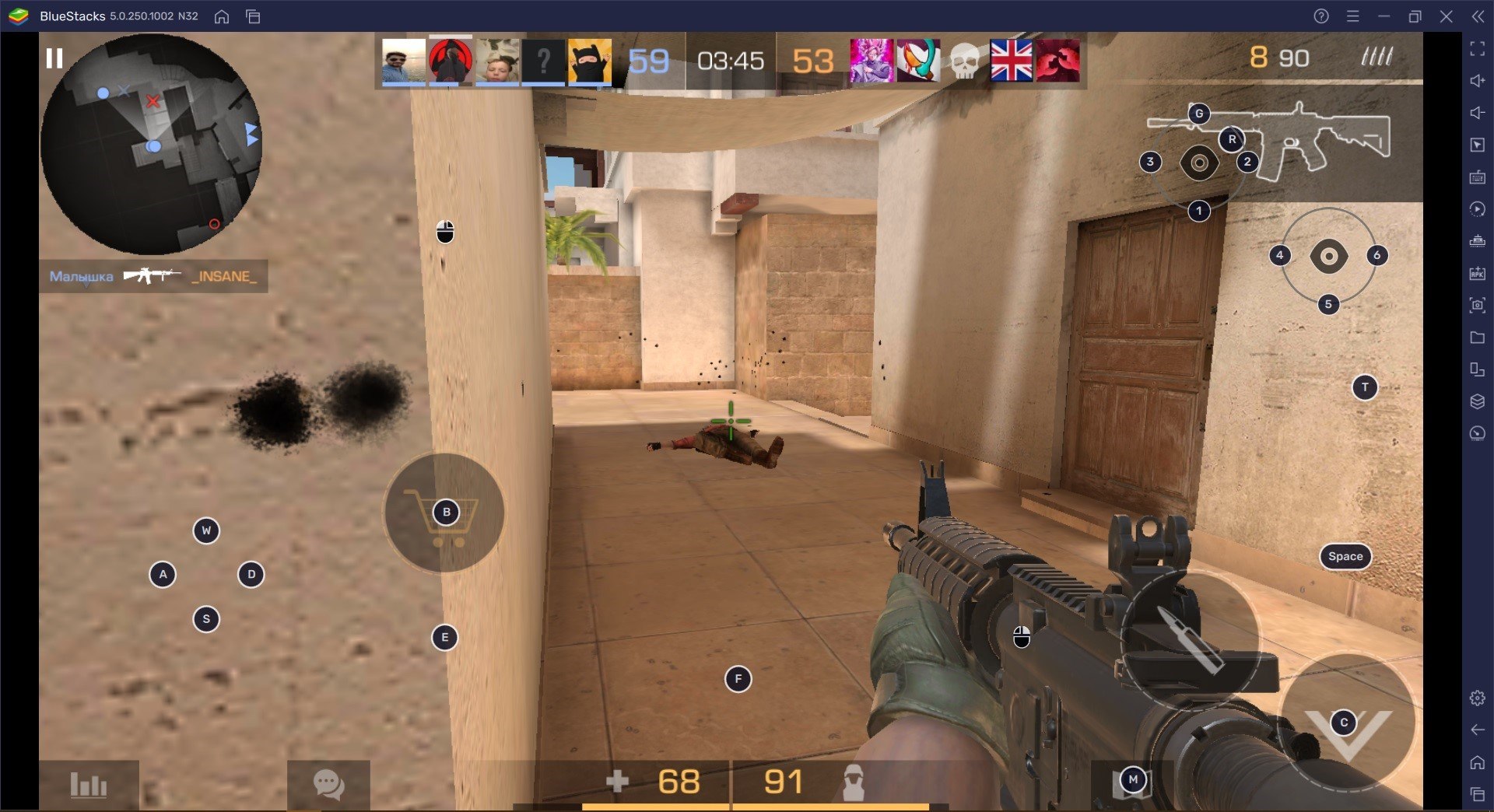
A proper lurker will take fights very sparingly. They will peak for information and if they have the opportunity to take a player out they will try and pounce on it. Just be careful. If you do end up dying for free with no chance of a trade, you will leave your team short-handed, thus cutting the chances of winning the round down significantly. This is why the jiggle peak is so important in this game. If you maximize the information gathering potential and minimize the chances you’re dying, you’ll have a much easier time getting that kill. So how does all of this fall into holding rotations? Let’s say you get the kill on the site. You’ll draw a rotation away from the site the bulk of your team is going to hit. However, this isn’t where the true danger of the lurker lies.
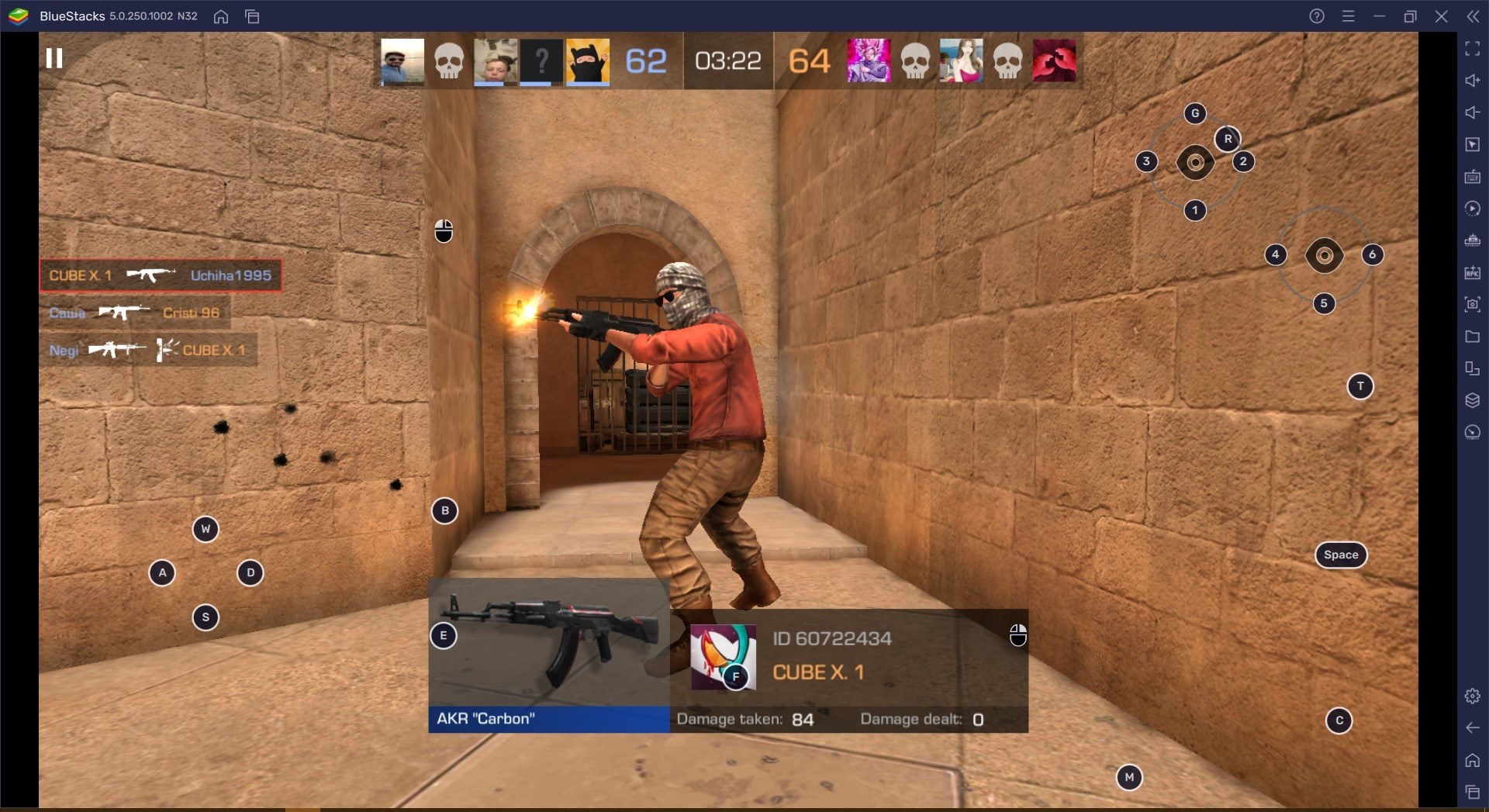
Once your team starts to execute onto the bomb site, the rotations will flood off of the site you’re lurking at. This is your time to shine. You can pop out from where you’re hiding and catch someone on rotation or even flank behind them, stabbing them right in the back, which is something you can do in Standoff 2. These kinds of flanks were part of the CS:GO pro scene back in the day. It was a crucial part of winning games during the early days of CS: GO. While Standoff 2 is not the same game, but much of still stays the same. The biggest thing to know about lurking is that it’s all situational. How you lurk depends on what your team wants to do and how your opposition is playing.
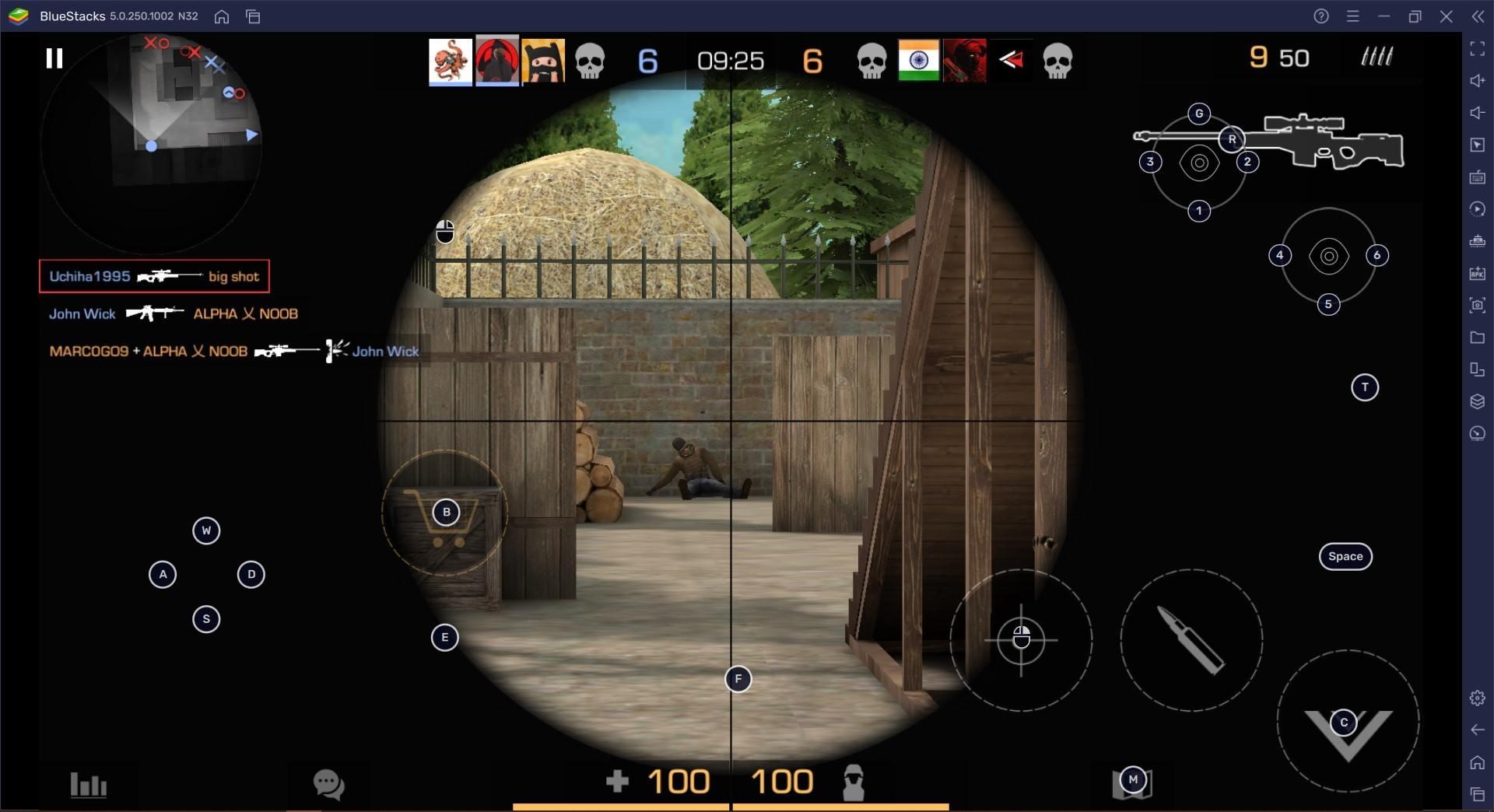
If you’re planning on trying to catch somebody with their pants down pushing into an angle you’re holding while they rotate to the other bomb site, you have to be as quiet as a mouse, so they don’t expect you or know you there. Another bonus this can provide is enabling you to find out if a site is free. If you start clearing out a site and discover that it’s undefended or even that there’s just a single player that you can easily deal with, let your team know. That way, they can rotate back over and get the bomb plant for essentially free. This won’t be the most common situation, but it’s always a fun bonus. If the goal is to sell a fake timing, your utility and showing presence throughout is key. That way, you can keep the opposition focused on your side of the map.
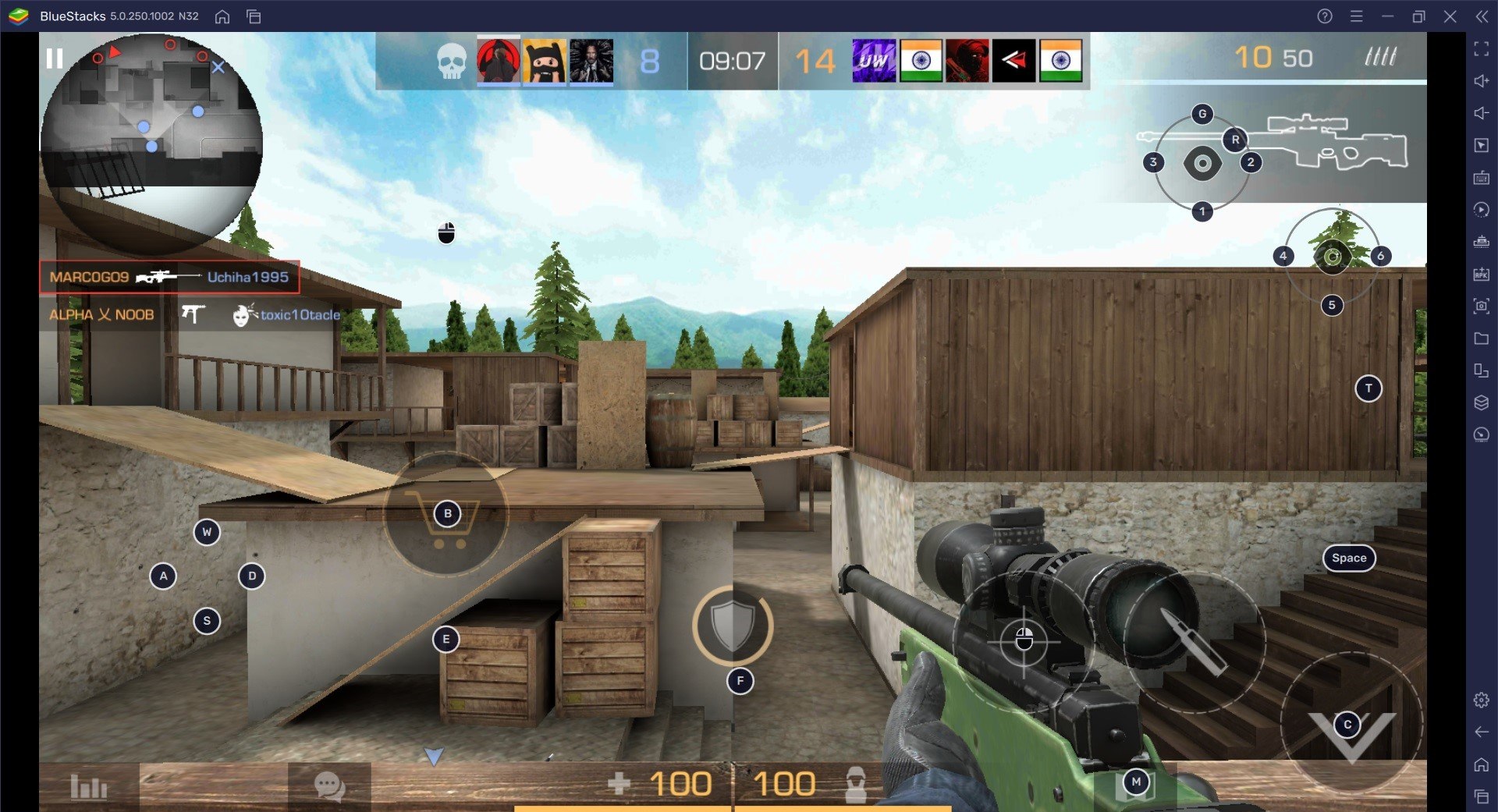
If you’re going for information, you need to balance your aggression and peaks with staying alive. Gathering the positions and utility usage of your opponents is of more value than any potential kill early on. This is mostly due to the risk versus reward aspect of this game. That doesn’t mean you can’t go for peaks later. If you are trying to sandwich a site, being silent is also a key part of it. If the opposition knows you’re there, they will hold for your flank, and you won’t be able to get the drop on them easily. The fact is that lurking is a learning process. It’s also a bit of trial and error learning on what you can and cannot get away with. A great way to learn lurking is by playing team deathmatch.

